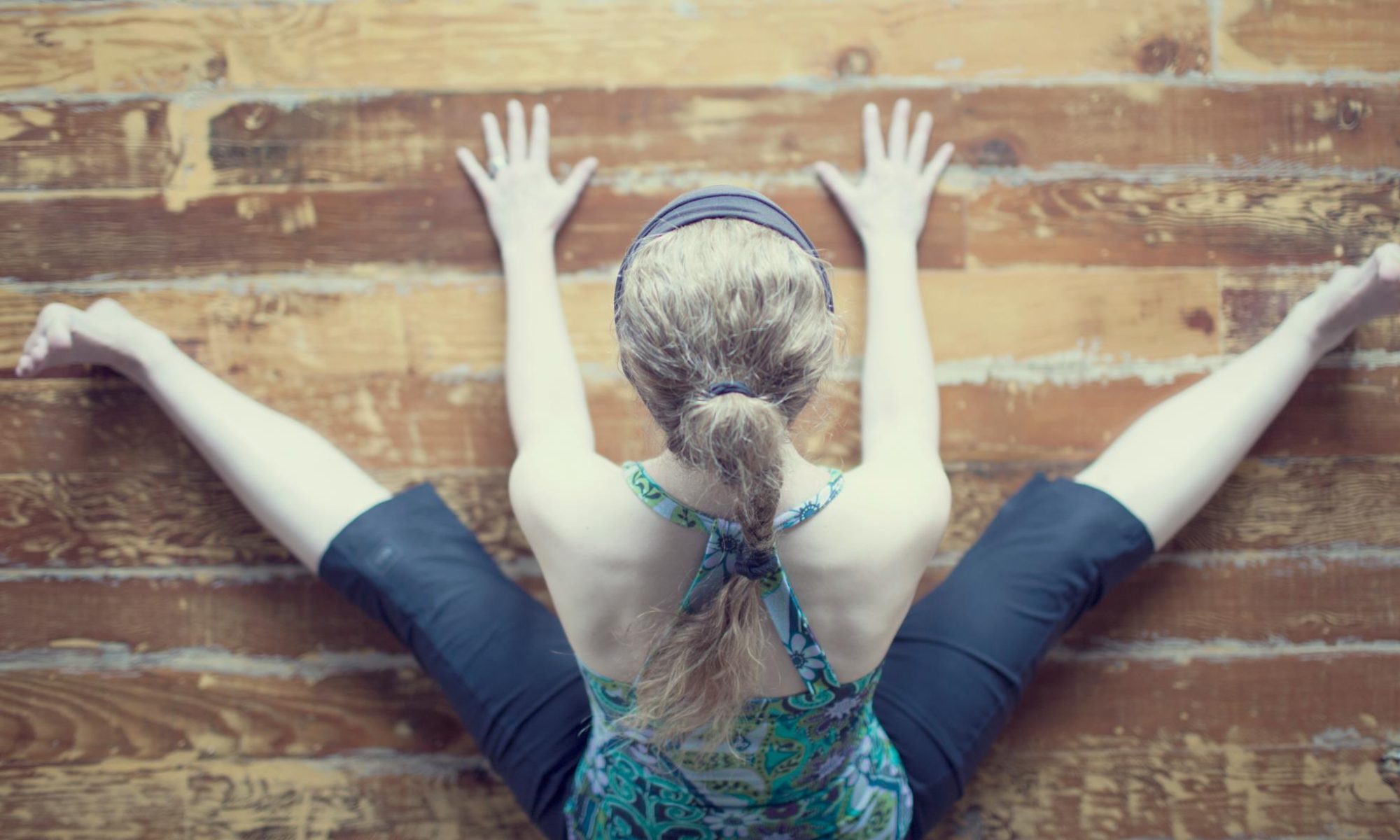
I have a new student who has come to yoga seeking help in managing chronic pain and stress. We often talk before and after class, and I try to provide a welcoming space where she can share her thoughts and fears, where she can develop and explore a practice that will nourish and support her. In my years of teaching so far, I have encountered wide ranging stories of what first drew students to the practice of yoga, and I have found that pain and stress management are quite commonly cited. For those of you who are long-time practitioners, I am certain you can remember a time when your practice was a friend and ally that supported you through challenges with your health, whether it was an injury, an illness, or emotional turbulence that required yoga’s sage and patient guidance. No matter the reason we first step onto the yogic path, we quickly discover its myriad benefits if we are paying attention, and we learn to weave its lessons into the way we live our lives, and the way we treat ourselves and others.
All of our life experiences inform the way we perceive the world around us. When we allow ourselves to be open and receptive, when we approach each moment with curiosity, these perceptions can be fluid and flexible; rather than being bound by a rigid set of assumptions and expectations, we are free to experience whatever new possibilities arise, allowing them to enrich and expand our perspectives on the world. That being said, if you have ever experienced a debilitating chronic condition – depression, anxiety, auto-immune disease, neurological disorder, chronic pain from any number of sources – there might be times when it feels like those assumptions and expectations are what’s keeping you afloat. With the student I mentioned above, she has become accustomed to describing her condition and symptoms in a particular way, evaluating and rating her pain in a particular way, viewing all aspects of her life through the specific lens of her condition. She has been practicing mindfulness for many years, since long before her diagnosis, and it has provided a great measure of comfort and ease amidst the pain and uncertainty. However, like any ritual or routine that we embrace, I believe that even practices that are intended to be mindful can become rote, done on auto-pilot, without truly and fully connecting to the present moment – particularly when that moment includes pain and suffering.
One of the qualities we cultivate through our practice is resilience. We learn to find equanimity and calm amidst a storm of sensation or emotion. We learn to sit with unease and discomfort and accept it as part of our experience. In a recent class I was talking about resilience and how our practice teaches us to distinguish between pain and discomfort – in terms of our asana practice, determining what we can sit with and what might need a modification to ensure we are not heading towards injury. After class, this student asked how we make that determination – she is experiencing some level of pain all the time so how does she differentiate between one pain and another? I suggested that she try changing her vocabulary around pain. She is so used to characterizing pain for her doctors and attaching a numerical value to express its intensity that those labels and judgments could become shackles that prevent her from moving beyond the pain. By releasing the labels, by accepting that all of it is simply sensation, she can then approach whatever she might be feeling with a greater sense of openness and curiosity, observing sensations without judging them, and without tying them to past stories and expectations. The idea of not labelling the pain was a revelation – a new idea that could help release an old pattern no longer serving a useful purpose.
When we meditate, spending time with the natural rise and fall of our breath and body sensations, we can open ourselves to the endless possibilities that exist in each moment. If we keep returning to assumptions and labels we have used in the past, they will limit how and what we perceive, they will limit our ability to grow and flourish, to become resilient and strong. Our practice is one of continuously letting go, placing our full attention on the moment as it arises and then releasing it completely so we have space to invite the next moment into our awareness.
I invite you to observe your own practice and notice what you find. Do you see well-worn patterns, labels and reactions and expectations that arise automatically? What changes could you make, what new ideas could you explore to invite a fresh perspective? As Marcel Proust advised, “The real voyage of discovery consists, not in seeking new landscapes, but in having new eyes.” Look upon yourself and the world around you with new eyes, and see what discoveries await.
